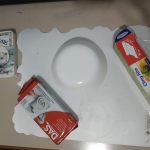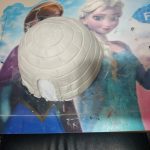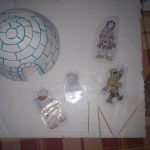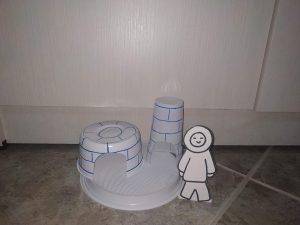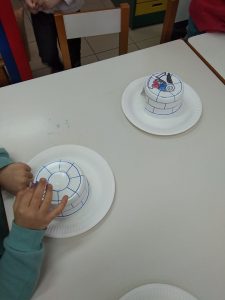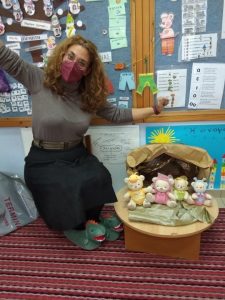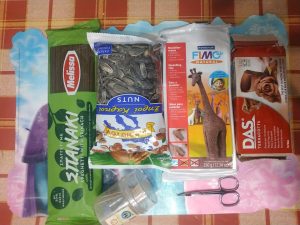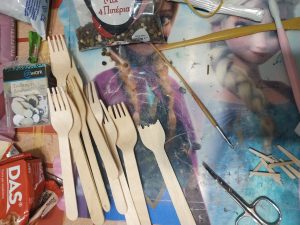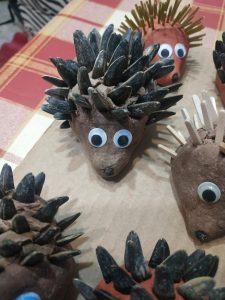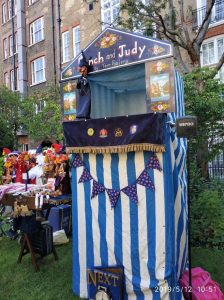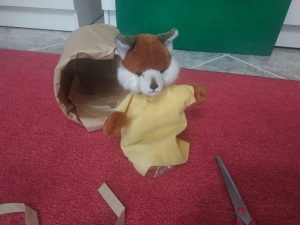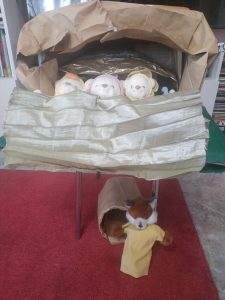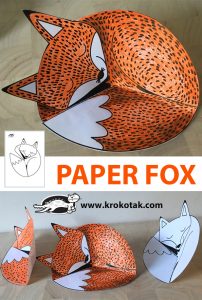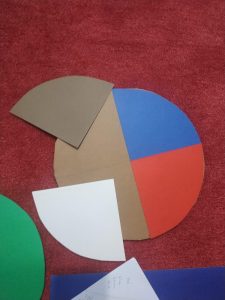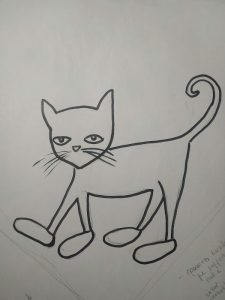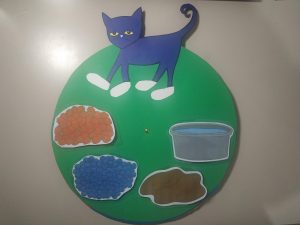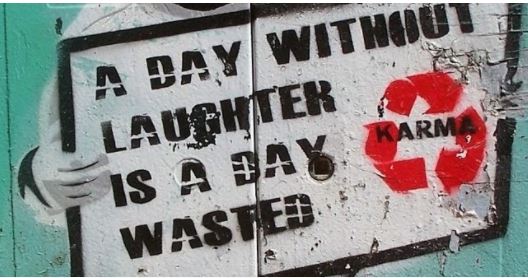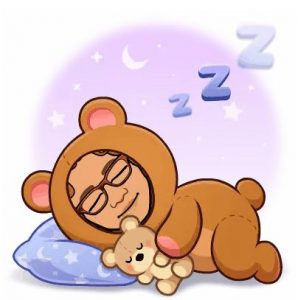
It’s winter time! Let’s talk about animals hibernating!
But what is hibernation?
Watch these enlightening videos (I learnt a lot myself!!!)
Getting Ready for Hibernation! and Hibernation of Animals
Here are some nice puppets: Hibernating animals puppets
BEAR
I wanted to find a simple way to show kids what the animals do when they hibernate: I built a cave using a large storage box which I covered with brown paper bags and brought my bear family (kept from the time my daughters were little …). Then, showing a picture of autumn and winter we pretended to fall asleep, while in the pictures of spring and summer we stretched out our hands to say ‘Wake up!’ The bear family entered the cave one by one, after yawning and saying ‘I want to sleep’ and at the end we covered them with a warm blanket!
We also sang the song (to the tune of ‘Frère Jacques’)
Bears are sleeping (2)
In the cave (2)
Soon it will be springtime (2)
Wake up bear! (2)
You can watch the song here in this small video I made (with the help of our music teacher, Mr John Aivazis!)
Bears are sleeping
We also made a very simple construction with a sleeping bear (which we cut and put cotton on top of the cave) that I found here:
Hibernating bear craft
HEDGEHOG
Another animal that hibernates is the cute hedgehog!
There are so many easy crafts to make with the kids (have a look at Krokotak ) but I have a soft spot for paper rolls! (find the hedgehog along with other animals in my post: Make your own zoo with paper rolls from the loo! )
This time we made a whole hedgehog family from brown clay (or plasticine) and various other materials: wholegrain or spinach spaghetti or sunflower seeds or wooden fork tines (avoid toothpics !!!)
Have a look here:
Cute, aren’t they?
This is a little song I made up which we sang (to the tune of ‘I’m a little teapot’) accompanying it with some movements:
I’m a little hedgehog
Brown and small
Here are my spines (or spikes)
I roll into a ball
When the weather ‘s cold
I build my nest
Away I crawl
and have a rest
Here is a small video I made (with the help of our music teacher, Mr John Aivazoglou!)
I’m a little hedgehog
Here is another sweet song about hedgehogs: The Hedgehog song
And here is a sweet video about friendship among a prickly hedgehog and other animals: Erste Christmas Ad 2018: What would Christmas be without love?

We also read the wonderful Jan Brett book ‘The Hat‘.
You can find the story patterns here: Kizclub story patterns
A nice activity (I found here by Jennifer Phillips is to print out the animals from the book, hand them to children and ask them to bring them when you get to the animal in the book. Easy and fun!!!
Or colour this page from the book!
You can even print the animal masks and put up a little show!!!
For more Jan Brett stuff visit the author’s website: Welcome to the world of Jan Brett
FOX
Next animal (that doesn’t actually hibernate but also keeps warm in her den) is Foxy (a little fox that I bought second hand for just £1 (!!!) at the Covent Garden May Fayre and Puppet Show some time ago). If you do not have a puppet or a stuffed fox you can easily make one from a paper roll (I have a photo on how to make one easily together with templates for other animals in a previous post in my blog: Make your own zoo with paper rolls from the loo!

With a smaller storage box covered with brown paper bags (again!) and a song (to the tune of London bridge is falling down), Foxy will go to sleep, too:
Foxy’s sleeping
In her den (2)
In her warm fur!
We also made a very simple construction with a sleeping fox that I found here:
Sleeping fox craft
What do you say? Shall we dance our hearts out before we hibernate 😛 ?
Hibernation song
and
What Does The Fox Say?
PS: I found some very nice material for flashcards and a picture with sleeping animals here:
Hibernation




